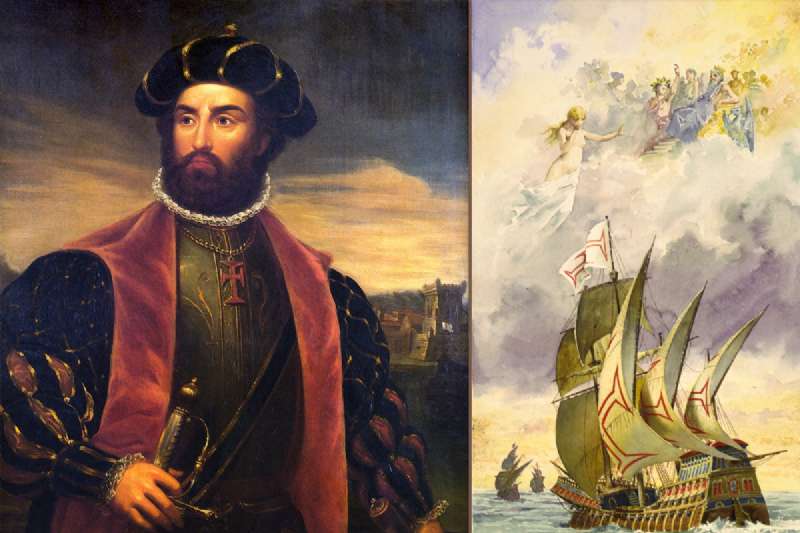Explorer of the sea route to India: Who is Bartolomeu Dias?
Bartolomeu Dias is one of the most important Portuguese sailors in the 15th century who sought passage from the Atlantic Ocean to the Indian Ocean. He opened the sea route from Europe to Asia by crossing the Cape of Good Hope.

(1450-1500) Portuguese explorer. He found the way to the Indian Ocean by crossing the Cape of Good Hope. Dias, who was thought to have been born in 1450, died on May 24, 1500, off the Cape of Good Hope. Not much is known about the early years of his life. He lived in the royal palace, so he had the opportunity to meet many scientists. He became a student of the German cosmographer Martin Behaim in Lisbon.
In the second half of the 15th century, Portugal was making great efforts to acquire new lands and control the seas in parallel with its strengthening naval power. Meanwhile, King Alfonso V had given his son, Prince Joao, the task of supervising Portugal's trade with Guinea in Africa and investigating the South African coasts. Aiming to close these regions to foreign ships, Joâo asked for expeditions to be organized when he became king. Signal stones (Padrão) were given to the sailors to be planted in the reached areas, with the royal coat of arms on them, and to show that Portugal was dominant in the reached lands. When the first expedition could not reach the Indian Ocean, King II. Joâo gave Dias command of a new expedition. Dias' mission was to reach the Indian Ocean and gather information about the Christian empire of Abyssinia.
Bartolomeu Dias set out in August 1487, passing the Padrão erected by Diogo Câo, the director of the first expedition, Dias approached the land and started to make his way. Due to the storm on January 6, 1488, he had to move away from the coast. For a long time he traveled south without seeing the shore. He then headed east. When he didn't come across a piece of land, he turned to the northeast. He named the bay he reached on February 3, Sao Bras (today Mossel Bay). Continuing his eastward movement, he arrived at Golfo da Roca (today Baia da Lagoe). Here the crew and ship's officers rebelled, saying they did not want to go any further. However, upon Dias's insistence, they agreed to continue for a while. Landing in Rio de Infante, the crew planted the Padrão here on March 12, 1488.
Bartolomeu Dias on his return journey, in June 1488, later King II. He discovered what Joâo would call the Cape of Good Hope and named it the Cape of Storms.
Returning to Portugal in December 1488, Dias was not given another assignment until the death of King Joao II. His successor, Manuel I, commissioned Dias to assist Vasco da Gama in 1497. On the beginning expedition, Dias accompanied Gama to the islands of Cabo Verde, then returned. On the return of Vasco da Gama, King Manuel assigned Dias to the newly prepared fleet under Pedro Alvares Cabral. Dias' task was to establish a center in the port of Sofala, from which gold was exported. The delegation, which found Brazil by chance, left this country on May 2, 1500. During the voyage, Dias was among the sailors who were lost from the 4 ships that sank in the storm that broke out off the Cape of Good Hope on May 24.
